In this series, we interview the founders and CEOs behind immersive technology companies. Immersive technology is rapidly evolving and involves various innovative solutions. These inspiring leaders are shaping a future where the digital and physical worlds merge.
In this article, we interview Justin Barad, co-founder and CEO of Osso VR. Founded in 2016, Osso VR is revolutionizing medical training through immersive virtual reality simulations. Their platform enhances surgical education by providing hands-on, realistic training experiences, helping healthcare professionals refine their skills and improve patient outcomes.

Can you tell us a bit about yourself?
Growing up, I always wanted to be a video game developer. However, I encountered a major family health challenge at a relatively young age. Going through that experience made me wonder if there was a way to apply my passion for technology in the healthcare sector as opposed to entertainment. Although the desire was always present during this time, I wasn’t certain how to begin the process. I spoke with a mentor who said that to invent something useful, you first need to understand the problem.
He felt that a great way to appreciate issues within the medical sector was to become a doctor. I took his advice quite literally and ultimately ended up becoming an orthopedic surgeon. During my training, I saw firsthand what I believe is one of the biggest challenges in healthcare today. How can we train and assess providers (such as doctors and nurses) in relation to their procedures and skills?
The demands of modern medicine are growing, yet the way we train has remained largely unchanged. Around the same time, I was also introduced to how virtual reality was beginning to transform the medical sector (an added benefit considering my gaming background). I saw it as a near-perfect solution to this challenge, which led me to co-found Osso VR to bridge the growing training gap in medicine.
What was your first experience with immersive technology, and what excites you about working in this field?
My initial introduction was with the Oculus Rift DK1. The device was initially shipped with a VR software program that allowed you to explore a villa in Tuscany. I found a way to connect the headset to a pair of discontinued motion controllers purchased through eBay. These enabled me to use my hands to enjoy a more immersive experience. Once I began picking up and manipulating various digital objects, I realized that this very same technology could be used to train healthcare providers.
I began to contemplate numerous possibilities. However, real-world training opportunities were relatively rare. Many practitioners had no other choice but to hone their skills with physical patients. VR offers several benefits. It could be used anytime, anywhere, and professionals were able to receive objective assessments of how well they were performing. These observations soon inspired me to build a prototype of what would eventually manifest as Osso.
What would it take for immersive technology to become mainstream?
I think it will take a few major milestones for immersive technology to become mainstream. The fact that it is growing in the gaming space is a great sign, although this may not necessarily lead to widespread adoption. Real-world applications should be emphasized, and training is key in terms of large-scale adoption. As organizations and individuals become comfortable with the technology, they will be more likely to use it for other applications.
In my mind, functional hardware designs represent a major opportunity for rapid advancement. I’m particularly excited about the new generation of smart glasses, which appears to be gaining momentum. New products, including Ray-Ban Meta and Meta’s Orion prototype, show a glimpse into a world where using XR technology can be as simple as putting on a pair of glasses. While this is only part of the puzzle, enhancing end-user functionality could represent a huge leap forward for the industry. Users may soon be able to incorporate this type of technology into their everyday lives.
I envision a healthcare community offering VR interfaces for training, scheduling consultations, communicating with other professionals, and caring for patients. The notion of wheeling around a computer as a doctors between appointments may soon be a relic of the past.
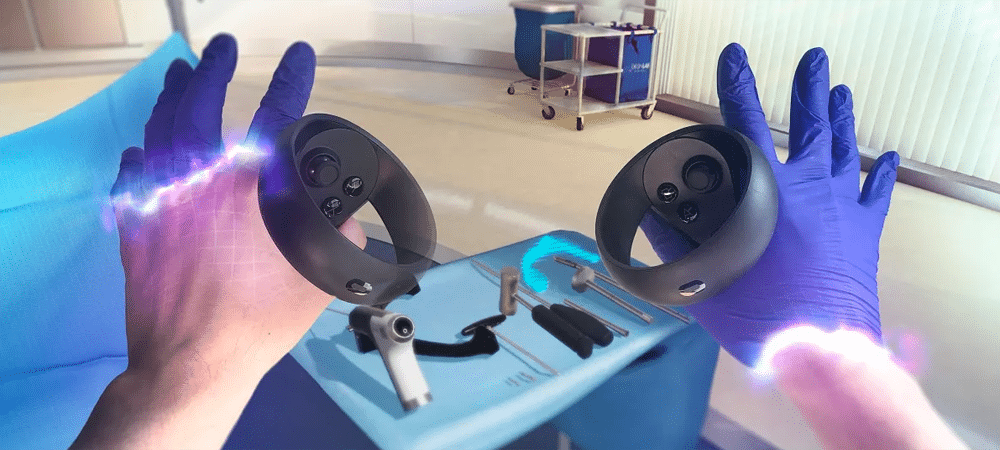
What inspired you to start an immersive technology company?
The founding of Osso was deeply personal. I saw firsthand how our traditional training methods were starting to crack and affect myself, my colleagues, and most importantly, our patients. With rapidly evolving technology, there’s simply too much to learn in medicine. This scenario curve can easily become overwhelming. Similarly, the skills we have to acquire are becoming more complex, and the necessary effort sometimes balloons to ten times when compared to previous requirements. Finally, we lack a way to assess our proficiency objectively. This makes it difficult to determine if we are providing optimal care.
I saw that VR was an incredible solution to this problem, and my background placed me in a unique position. It was a major career risk, as I was also deviating from my path as a full-time surgeon to pursue an endeavor with plenty of unknowns. Even if the venture resulted in failure, it was incredibly important that someone made the effort (I still feel the same). So, I decided to take a leap on a problem that I care deeply about. I constantly embrace the goal of ensuring that my fellow professionals can access training whenever needed so that they can confidently provide the best care for their patients.
What problems does your company solve?
Healthcare is evolving at an unprecedented pace. New procedures, emerging technologies, and innovative treatments are entering the field faster than ever before. Unfortunately, traditional training is not always able to accommodate. Surgeons, nurses, and allied health professionals are expected to master complex skills with limited hands-on experience. Standard methods may not offer the flexibility or scalability needed to meet modern demands.
There is a pronounced gap between knowledge and practicality. What is taught in schools does not always seamlessly translate to practical, real-world situations. VR can level the playing field, enhancing skill sets and ensuring that providers are fully prepared for proficient patient care.
Osso VR provides an immersive, hands-on training platform that allows healthcare professionals to refine their skills anytime and anywhere. Our platform is designed not just to simulate procedures but to provide real-time, objective feedback. This will help users track progress and monitor their improvement.
We are making training more accessible, efficient, and effective by leveraging the power of XR. This helps to ensure that providers can confidently deliver the highest quality care.
Can you discuss a breakthrough moment or challenge that occurred while developing your immersive solutions?
One of the biggest challenges has been overcoming resistance to change. Healthcare is deeply rooted in tradition, and reinventing long-standing training methods is no small task. Many healthcare professionals are initially skeptical about this technology for a variety of reasons. Some of them perceive VR as a toy or a gaming device. Others couldn’t fathom how anything outside their traditional techniques could provide more effective solutions. Some may have likewise tried an older VR app, such as Google Cardboard, and judged it to be ineffective.
The key to getting people to understand XR is to encourage them to experience it for themselves. As they say, “Get heads in headsets”. Once they gain a firsthand perspective, only one question remains. Why would anyone train differently?
How does your company evaluate the success of its solutions on users and clients?
We measure success in two ways: through rigorous peer-reviewed research and real-world applications. Multiple authoritative studies show that this level of training and assessment with Osso VR offers several benefits. It accelerates learning and retention, improves procedural competency, and provides up to a 300% increase in skill transfer when compared to traditional training methods. Eight peer-reviewed studies have already confirmed these observations.
However, data alone is hardly enough. Real-world impact is equally important. We collaborate with healthcare systems, top residency programs, and leading medical device manufacturers to ensure our platform evolves with their needs while providing a measurable return on investment. Engaging with users directly, whether through industry conferences or hands-on feedback, allows us to continuously refine and expand our offerings. The goal isn’t just to train better. We aim to provide value at scale.
How do you feel immersive technology will evolve over the next 10 years?
As I alluded to earlier, I think one of the more interesting recent changes in immersive technology is the convergence of two technologies that were widely considered quite separate: VR and AR. Today, most mainstream headsets can function in both modes, leading to a wider array of potential use cases. Another area where we are witnessing a fair amount of innovation and excitement is in the realm of smart glasses. Meta’s Orion prototype and Ray-Ban Meta Glasses are two examples.
While it is still quite early, developing a device that functions as a heads-up display, AR headset, or even a fully immersive VR experience would be a game-changer in terms of market acceptance. It’s hard to imagine AI not playing an important role in accelerated content development. Predicting how these systems will evolve over the next ten years is never easy, but I feel confident when discussing their role in healthcare. In the future, I believe that doctors and nurses will be wearing some type of spatial interface throughout the majority of their workday.
How do you envision your company’s role within 10 years?
Our mission is to improve patient outcomes and democratize access to training for all healthcare providers. We envision a world where Osso VR is the foundation of any immersive training and assessment program that takes place in healthcare. Doctors, nurses, surgical technicians, pharmacy staff, and other professionals can benefit from these training experiences. As spatial interfaces become commonplace, there will be even more opportunities to ensure safe and optimal care. We can guide and monitor actual procedures to ensure that providers have as much assistance as they need. I would love to witness a world where the care we receive at hospitals, clinics, and even at home offers the highest quality solutions.
What advice would you give to aspiring entrepreneurs entering the immersive technology industry?
Make it a point to tackle a problem that is important, relevant, and one that you are deeply passionate about. Entrepreneurship is no joke, and the journey is rarely straightforward. Failure is not uncommon, and challenges abound. You should always awaken in the morning, eager to tackle any problems. The destination must be worth the journey.
When discussing immersive technology, I’d really think about having a strong understanding of your value proposition and how your approach may need to evolve over time. Many XR companies have failed due to an approach that may appear unique but still fails to deliver on real-world promises. There are likewise instances when economics no longer fit into the business model as the organization grows. It can be difficult to make strategic adjustments if policies have been set in stone. Having said this, continue to define what your product is and (more importantly) what it isn’t.
This technology has already changed the ways in which many receive and deliver healthcare solutions. However, we must always embrace the notion of continuous quality improvement to ensure that we build a sustainable ecosystem capable of evolving as the needs of the industry change.

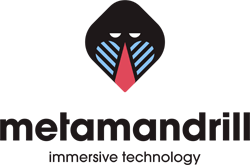
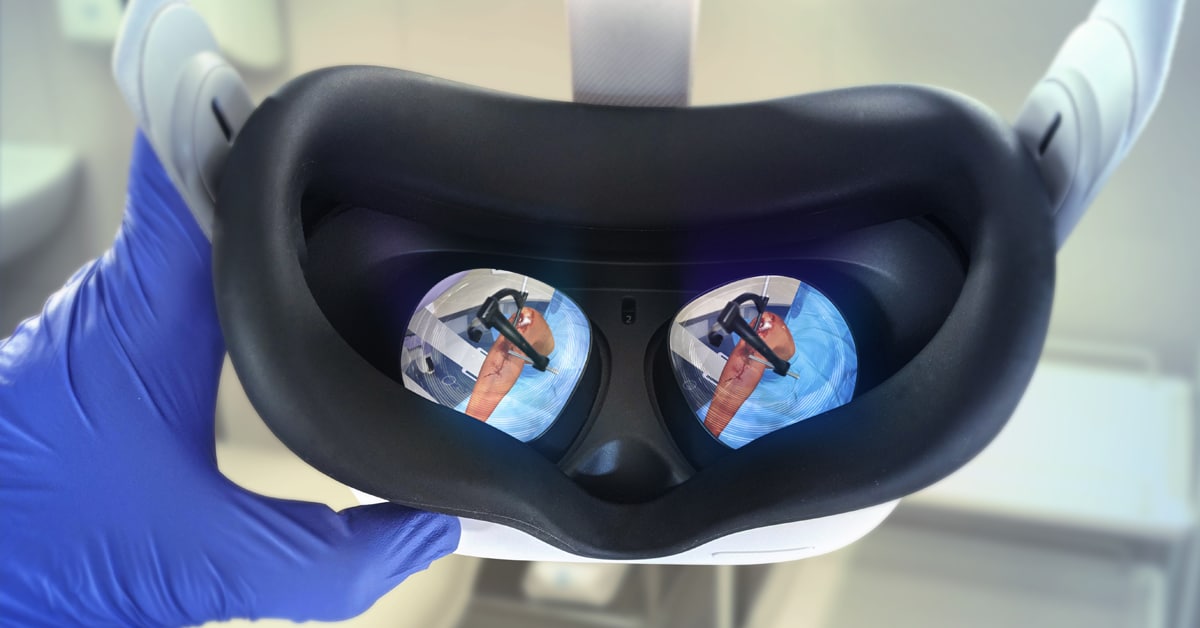
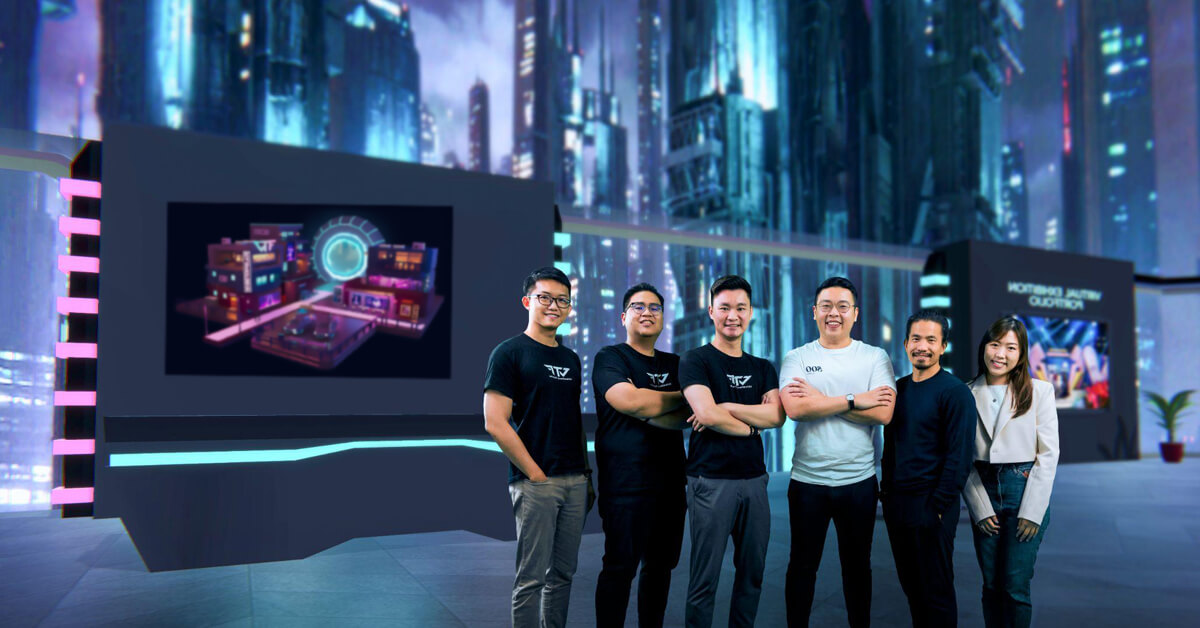
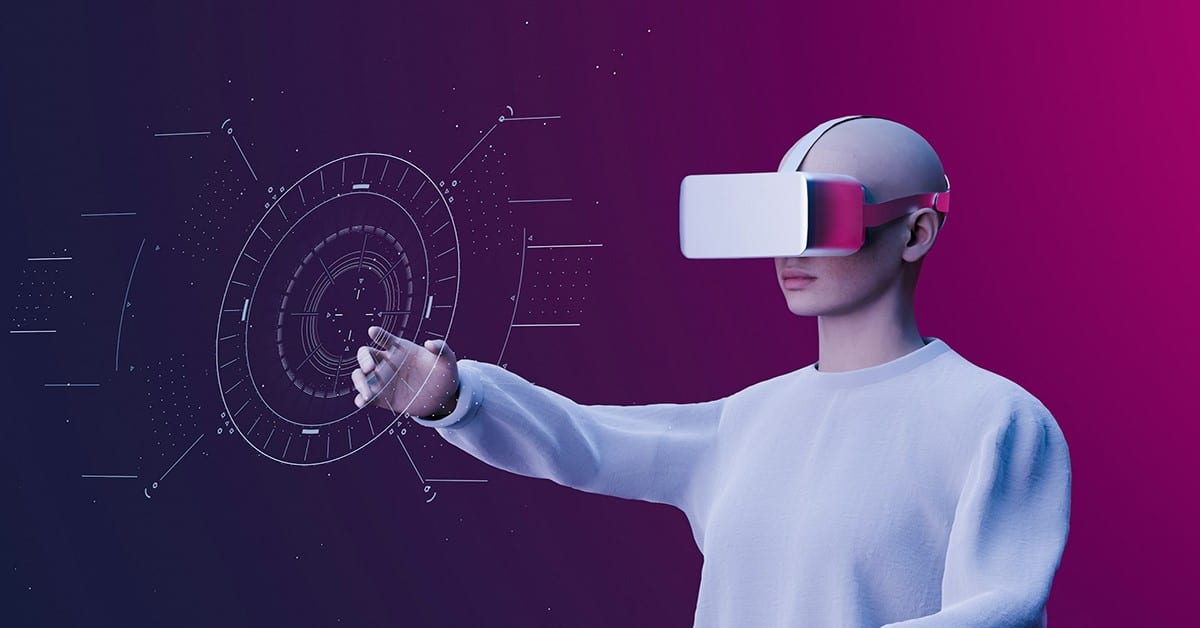
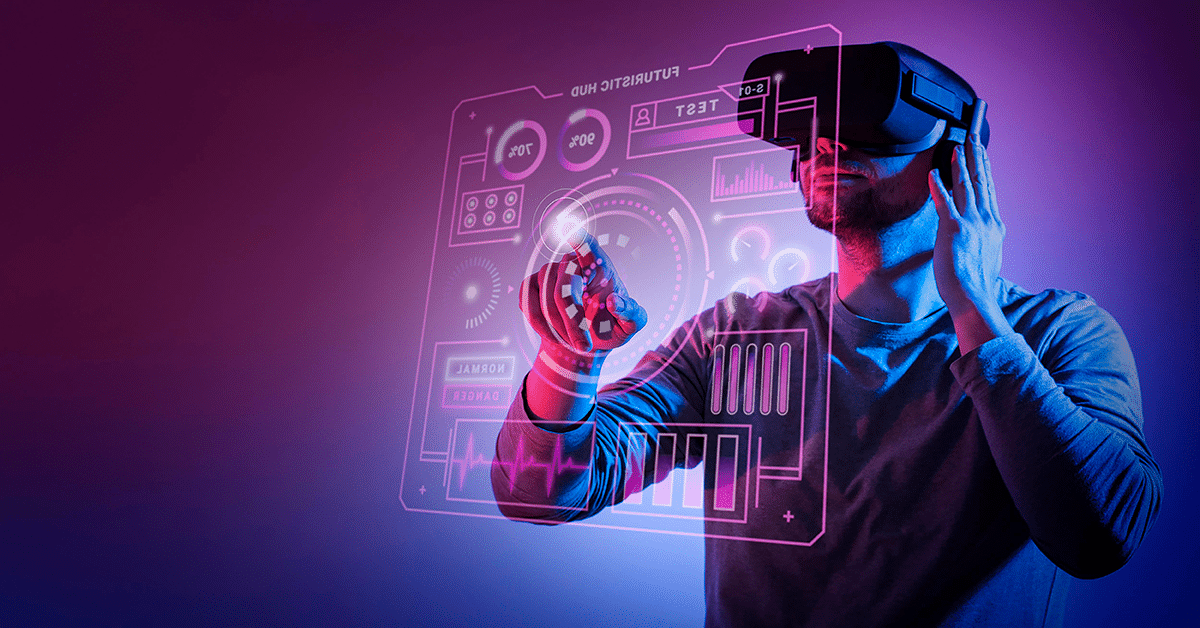
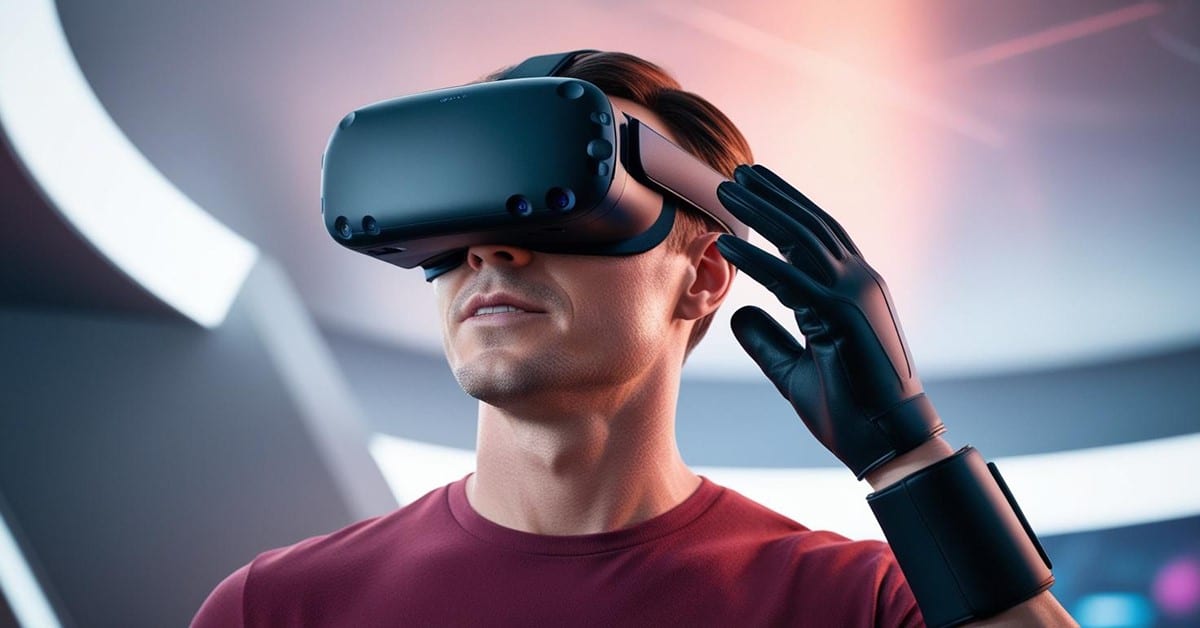

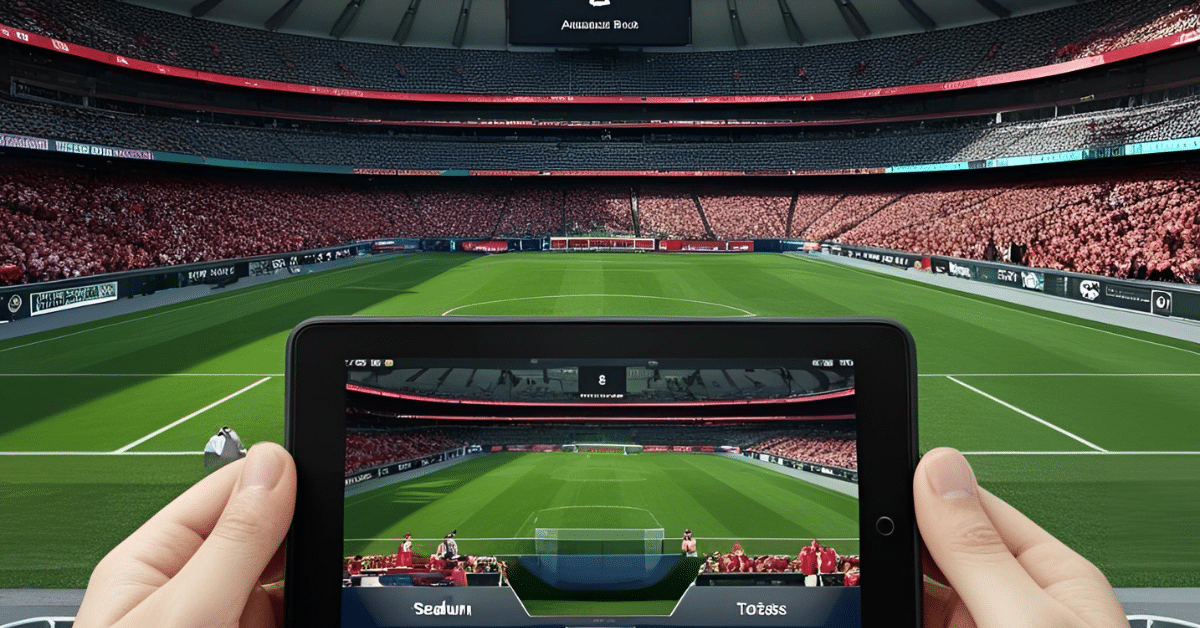

Leave A Comment